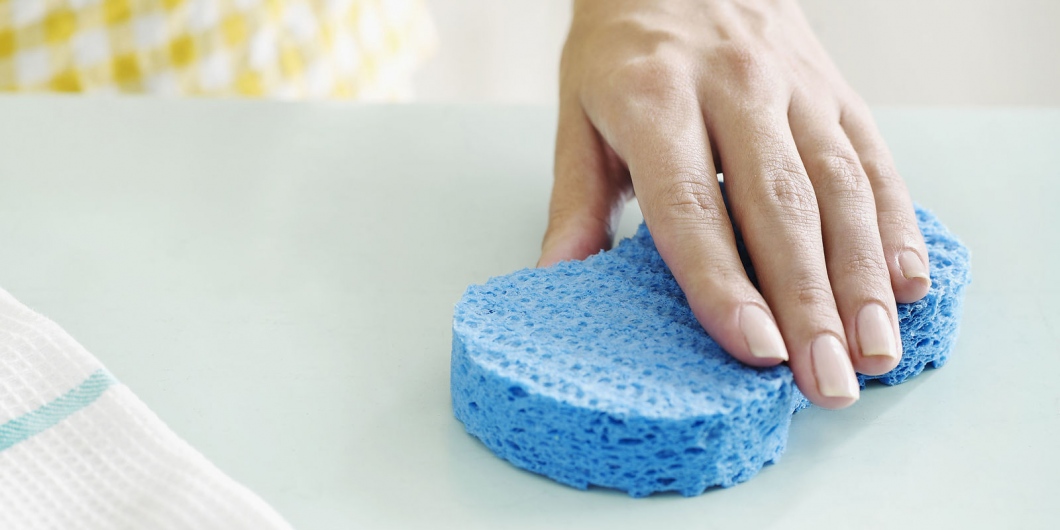The expression “dust” is truly a nonspecific name for a little molecule. Outside, the environment is loaded with different sorts of particles, from windblown soil to poisons. In a house, it is comprised of dead skin cells, filaments from attire and different materials, dust and dander, and light particles of earth. Dust originates from articles in nature, and from the general population and creatures that live in it.
Outside Dust
Outside dust originates from bits of whatever is in nature, from plants and creatures to soil. Fiery remains from volcanoes, sea salt, dust and moment bits of rotting natural matter make up these free air particles, which can flow all around. The whole environment, from plants to creatures, is continually shedding dead cells. Mechanical plants add to particulate matter noticeable all around, and regular flames include more fiery debris. Street dust, which originates from vehicle fumes, tire, and other car part wear and tear, street materials, and different sources is a critical giver to air contamination in numerous territories.
Indoor Dust
In spite of the fact that the air in many homes seems clear and spotless unless an air purifier or some different method for filtration is utilized, it contains a considerable amount of dust. It comes to a great extent from the general population and creatures that live or work there. It is assessed that people lose 30,000 to 40,000 dead skin cells every single moment, and these cells make up an expansive rate of dust.
Furniture fabric, bedding, and garments discharge strands each time they are utilized or exasperates. Pets likewise contribute by shedding skin cells and hair. A decent arrangement of soil, dust, mold, and different contaminants are brought into a home all things considered, where they add to indoor dust. If a the house is covered, there are considerably more filaments being discharged into the air.
Dust Mites
Dust mites can be discovered about all around, and have been discovered living everywhere throughout the world, aside from Antarctica. They are especially attracted to sleeping cushions and pads, which are warm and damp, and where they feast upon shed skin cells. Their fecal matter can trigger unfavorably susceptible responses in a few individuals, and this issue, alongside dead bugs, is additionally a piece of house dust.

Disposing of Dust
Alex from Dust Chasers added, While tidying and vacuuming can deal with particles that have officially settled, an air purifier can channel it from the air. If hypersensitivities are an issue, a property holder ought to make sure to vacuum underneath beds, around baseboards, and in difficult-to-get territories where connections may be vital. Vacuuming likely won’t take care of the majority of the issue, be that as it may; covering delicate decorations and sleeping cushions with dust-verification spreads can offer assistance. Vacuum cleaners fitted with High-Efficiency Particulate Air (HEPA) channels will keep dust and bugs from recycling through the apparatus.
For more information visit their website.

